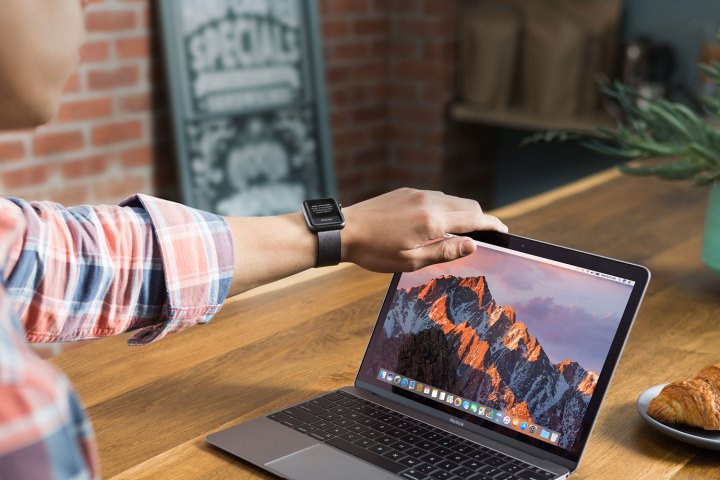
MacOS users should expect to see more warnings in the future, advising them on malicious activity on the sites they are visiting. Safe Browsing is used in Firefox and Safari, not just Chrome.
According to a blog post on Wednesday, Safe Browsing is turning its attention to two common browser abuses — ad injection and manipulation of Chrome settings. Some of the most common Chrome setting changes relate to the changing of the start page, homepage, and default search engine, which Google is trying to stem.
Google also recently released the Chrome Settings API for Mac to help develops set safer settings for users. Starting March 31, Chrome will alert users when changes are being made to their settings that didn’t go through this API. “Also, developers should know that only extensions hosted in the Chrome Web Store are allowed to make changes to Chrome settings,” it added in the blog post.
The updates from Google come at a pertinent time for MacOS users. Mac malware has become much more common with new strains regularly being discovered. While it’s still nowhere near the levels of malware affecting Windows devices, it should still be a cause for concern for any Mac user.
Security researchers discovered a fresh attack recently that abuses Microsoft Word doc macros to deliver malware. It’s long been a trick used to infect Windows computers.
Wrongdoers are getting inventive too. Just earlier this year, a Mac-specific technique carried out denial of service attacks on victims by launching hundreds of email drafts at once, causing the device to crash.
Also at the recent RSA security conference, there was much talk about the proliferation of Mac malware and we should expect to see more emerging this year.

